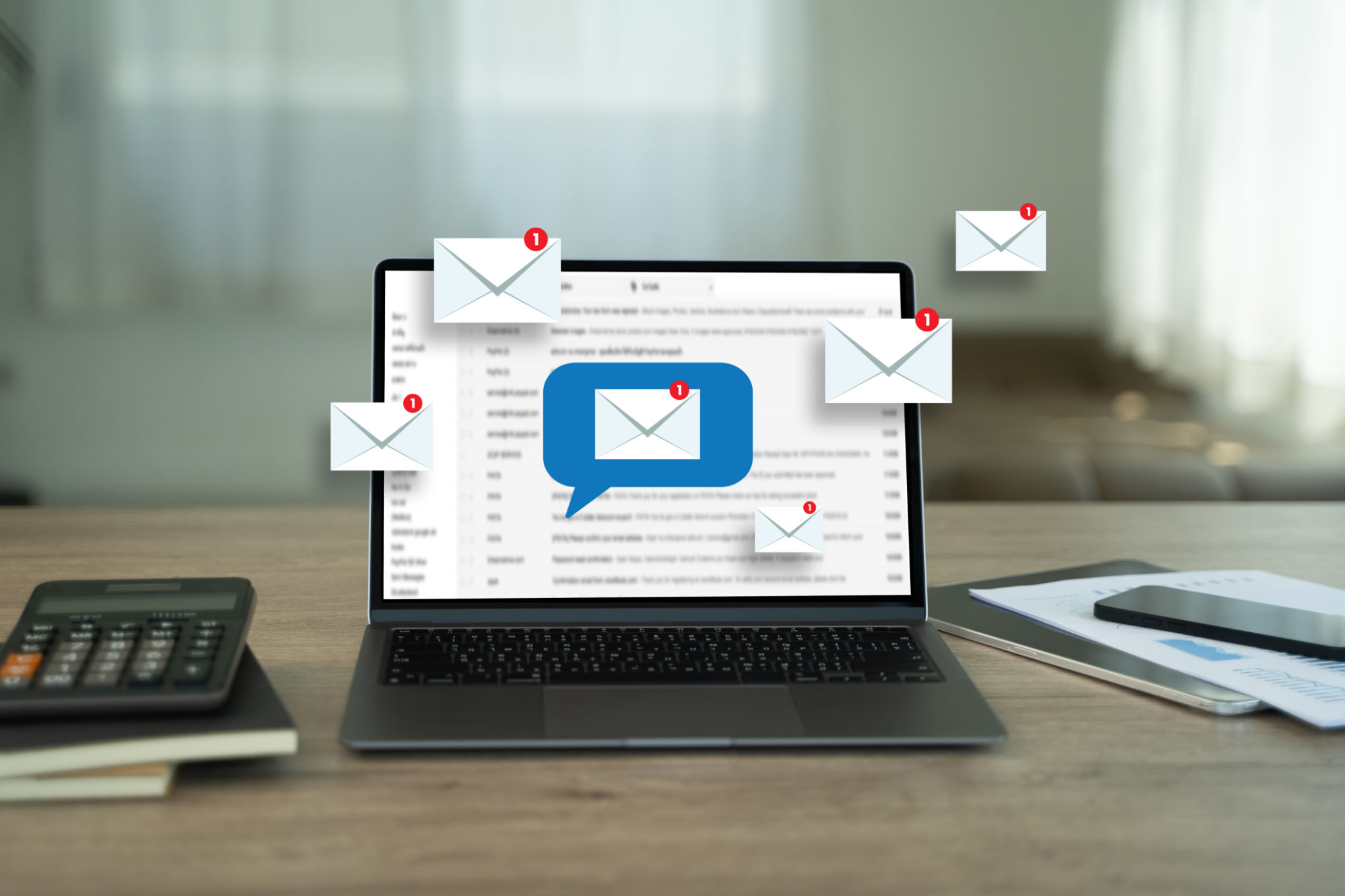Myth-Busting: The Truth About Cold Emailing for Small Businesses
Understanding Cold Emailing: A Misunderstood Strategy
Cold emailing often gets a bad rap, especially among small businesses trying to establish themselves in a competitive market. However, when executed correctly, it can be an effective tool for outreach and growth. Many myths surround this strategy, leading to its underutilization or misuse. This post aims to debunk these myths and offer a clearer understanding of how cold emailing can benefit small businesses.

Myth 1: Cold Emailing Is Spam
One of the most common misconceptions is that cold emailing is equivalent to spamming. While both involve sending unsolicited emails, there is a significant difference. Spam is often irrelevant and sent in bulk without any targeting. In contrast, a well-crafted cold email is personalized, relevant, and adds value to the recipient. It's essential to focus on quality over quantity and tailor your message to the recipient's needs.
By conducting thorough research on your prospects and crafting messages that speak directly to them, you can avoid the spam label and build meaningful connections. This approach transforms cold emailing from an intrusive tactic into a valuable communication tool.
Myth 2: Cold Emailing Doesn't Work for Small Businesses
Another widespread belief is that cold emailing is ineffective for small businesses. However, this couldn't be further from the truth. Small businesses can benefit enormously from cold emailing due to its cost-effectiveness and scalability. Unlike traditional marketing methods that require substantial budgets, cold emailing allows you to reach a wide audience with minimal investment.

Moreover, cold emailing provides small businesses with the opportunity to engage directly with potential clients or partners who may not have been aware of their offerings otherwise. By thoughtfully targeting prospects and maintaining a consistent follow-up strategy, small businesses can leverage cold emailing to expand their network and client base.
Myth 3: Personalization Is Unnecessary
Some believe that personalization in cold emailing isn't necessary and that generic messages are sufficient. This myth can drastically reduce the effectiveness of your outreach. Personalization shows that you've invested time in understanding your prospect's needs and interests, which can significantly increase response rates.
Consider using the recipient's name, referencing their company, or mentioning a mutual connection or interest. These small touches can make your email stand out among the multitude of generic messages people receive daily.

How to Craft Successful Cold Emails
The key to successful cold emailing lies in crafting messages that are concise, clear, and compelling. Here are some tips to consider:
- Start with a strong subject line: This is your first impression; make it count.
- Keep it brief: Respect your recipient's time with a concise message.
- Include a call-to-action: Clearly state what you want the recipient to do next.
- Test and refine: Continuously analyze your results and tweak your strategy as needed.
By following these guidelines, small businesses can maximize the potential of their cold emailing efforts.
The Future of Cold Emailing for Small Businesses
As digital communication evolves, so too does the landscape of cold emailing. With advancements in automation and analytics tools, small businesses can now personalize at scale and track their results with greater precision. These tools enable businesses to optimize their campaigns continuously and achieve better outcomes.
In conclusion, far from being an outdated or ineffective strategy, cold emailing remains a powerful tool when used correctly by small businesses. By dispelling these myths and adopting best practices, small businesses can leverage cold emailing to foster growth and success.